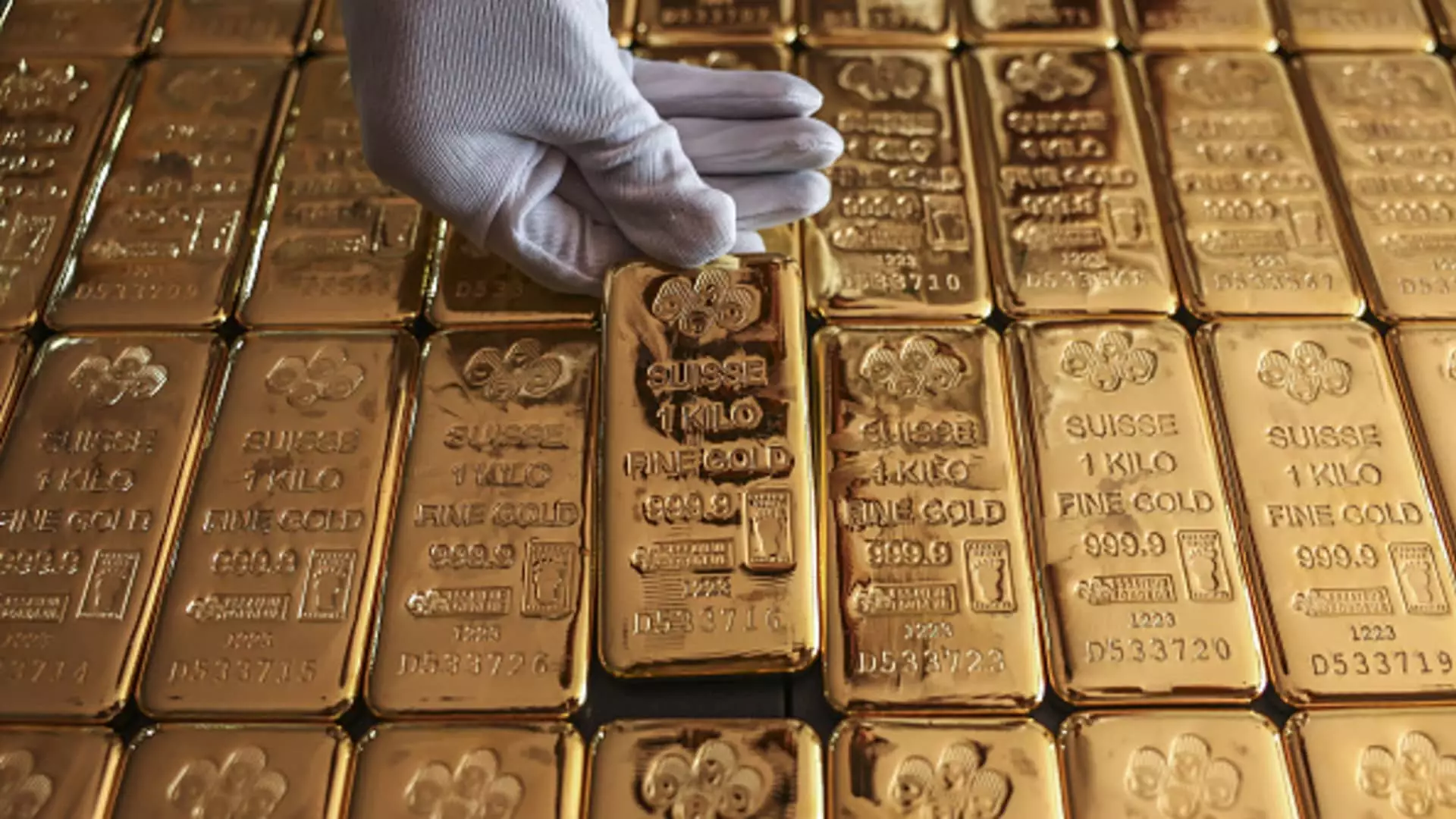As economic landscapes shift and market dynamics evolve, the enduring appeal of gold persists, as highlighted by George Milling-Stanley, the chief gold strategist at State Street. Celebrating two decades since introducing the first gold-tracking ETF, Milling-Stanley’s insights reveal a steadfast confidence in gold’s potential. During a recent interview on CNBC’s “ETF Edge,” he expressed optimism not only for the remainder of this year but also for 2024, attributing much of this positive outlook to robust demand from central banks and a growing interest from retail investors, particularly in rapidly developing economies like India and China.
Milling-Stanley emphasizes that the dynamics within the gold market today differ significantly from those of the past. A noteworthy shift has emerged, as more investors are no longer viewing gold merely as a form of jewelry; instead, they are gravitating towards bullion and ETFs as viable investment avenues. This transformation highlights a broader trend among individual investors seeking safe-haven assets during times of market volatility. Following recent elections, while a temporary pullback was witnessed in gold futures and specific ETFs, the outlook remains bullish as a recovery is already in progress. The demand for gold persists as a stabilizing investment, even when riskier assets like stocks and cryptocurrencies demonstrate extraordinary growth.
The introduction of the SPDR Gold Shares ETF (GLD) two decades ago revolutionized how investors engage with commodities. This financial instrument democratized access to gold, allowing a wider range of investors to incorporate gold into their portfolios easily. Todd Sohn, an ETF and technical strategist at Strategas, pointed out that the GLD ETF has made gold more accessible, appealing to those who seek diversification beyond traditional financial instruments such as stocks and bonds. This diversification not only adds balance but also mitigates risk, making gold an attractive asset in uncertain economic times.
The strategic incorporation of gold into investment portfolios marks a significant change in how investors approach asset management. With the growing interest in ETFs, greater numbers of investors are now aware of the benefits that gold can bring, including its historical role as a hedge against inflation and currency fluctuations. As investments in gold have surged, so have the advantages of including this precious metal in diversified portfolios—a trend that is becoming increasingly critical amid fluctuating market conditions.
As we navigate through economic uncertainties, the demand for gold is poised to remain strong, buoyed by its unique attributes that appeal to wary investors. Milling-Stanley’s optimism is well-positioned against a backdrop of potential market fluctuations, indicating that gold retains its status as a vital investment. As we approach a new year, gold is likely to continue its legacy as a preferred safe-haven asset, demonstrating resilience and adaptability in the face of changing market conditions. This suggests that for investors, gold remains not just a historical relic but a contemporary cornerstone in the pursuit of financial stability and growth.

